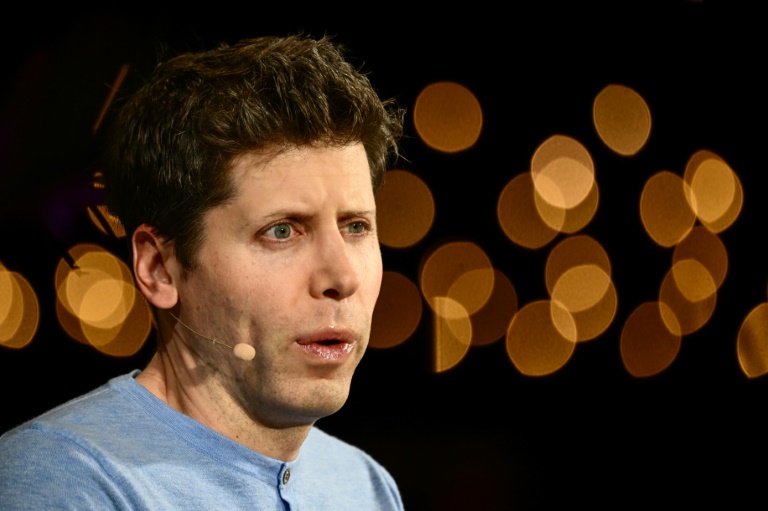A groundbreaking study published in Nature Physics unveils an innovative approach to creating quantum entanglement using a quantum dot, challenging Bell’s inequality. This breakthrough technique operates at ultra-low power levels and holds promise for advancing scalable and efficient quantum technologies.
Quantum entanglement is a fundamental requirement for the development of quantum computing systems. This phenomenon establishes correlations between qubits, the fundamental units of quantum computers, regardless of their physical separation.
The verification of quantum entanglement relies on the Bell inequality, a theorem that assesses the consistency of quantum mechanics by measuring entangled qubits.
Dr. Shikai Liu, the lead author of the study from The Niels Bohr Institute at the University of Copenhagen in Denmark, shared insights with Phys.org. Dr. Liu’s interest in quantum dots was sparked by his previous work with conventional entanglement sources.
Reflecting on his research journey, Dr. Liu stated, “During my Ph.D., I focused on creating entangled light sources through spontaneous parametric down-conversion (SPDC). However, the limited nonlinearity of bulk crystals posed challenges in fully utilizing pump photons. The remarkable nonlinearity at the single-photon level exhibited by quantum dots intrigued me and steered me towards this investigation.”
Central to this study is the Bell inequality, a concept introduced by physicist John Stewart Bell in 1964 to distinguish between classical and quantum behaviors.
2024-07-09 07:15:02
Post from phys.org



















